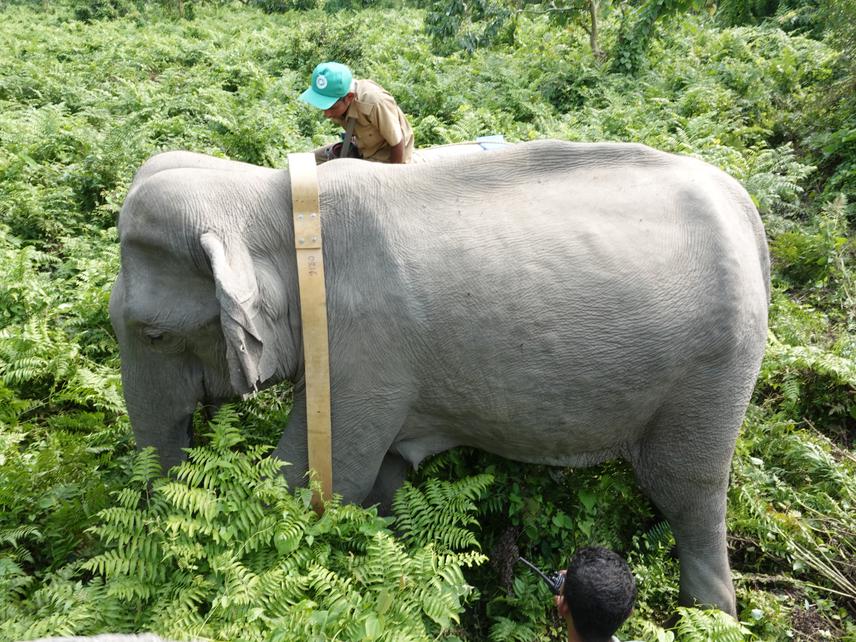Aritra Kshettry
Other projects
3 Feb 2015
A Study of People-Wildlife Relationships in a High Conflict Region of Northern West Bengal to Identify Feasible Conflict Resolution Methods
5 Sep 2017
Resolving Human Elephant Conflicts Using Scientific and Traditional Knowledge via Community Engagement in Northern West Bengal, India
24 Jun 2021
Scaling Up a Successful Conservation Model: Safer Shared Spaces between People, Elephants and Leopards
More than 150 people have died and 800 people injured by elephant and leopard over a decade in a small 2500 sq km area in West Bengal, India. The tea-plantations in the region sustain leopard and elephants populations in a highly fragmented habitat. These shared spaces provide conservation opportunities challenges to human safety. The proposed project aims to use the research knowledge and minimize losses through community engagement, education and awareness to reduce dangerous encounters between people and these wildlife species. The project will also estimate elephant and leopard numbers to understand the conservation potential of the landscape.

The People and Wildlife Coexistence project started in 2015 with an aim of ensuring peaceful shared spaces between people and large wildlife. The first phase of the project (2015-2018) was focused in understanding the key hurdles to leopard and elephant conservation and to identify suitable conflict mitigation measures. The proposed project will focus on sharing our knowledge with local communities to minimize the risk of human injuries. We will continue these large scale contact programs across 40 highly affected tea-estates/villages in the project area, thereby reaching out to more than 200,000 affected lives. The project will also estimate leopard densities for the first time in these tea-dominated landscapes to understand and monitor leopard population in the region. The contribution of the work will be two pronged, research and conservation:
1. The awareness programs focused on the highly affected villages will help significantly reduce human casualties in the region, this will be a big boost to local support for wildlife conservation in shared spaces.
2. Reduction in human casualties will also prove that simple low-cost measures such as education and awareness may help mitigate losses in certain situations. The measures we propose is using drum beats prior to plucking of tea so that leopards are aware of human presence. We would like to pilot a community run early warning system for reducing negative encounters with elephants.
3. In order to understand the conservation potential of the landscape we will be estimating the density of leopards and their movement patterns in the highly affected areas using camera traps
4. We will empirically estimates elephant numbers, annual movement patterns and movement routes within the study area to predict areas where chances of negative interactions are high.
5. The social and ecological knowledge will be integrated to devise mitigation and conservation plans for landscapes outside Protected Areas.
This model can be scaled to the larger tea-landscapes in India.